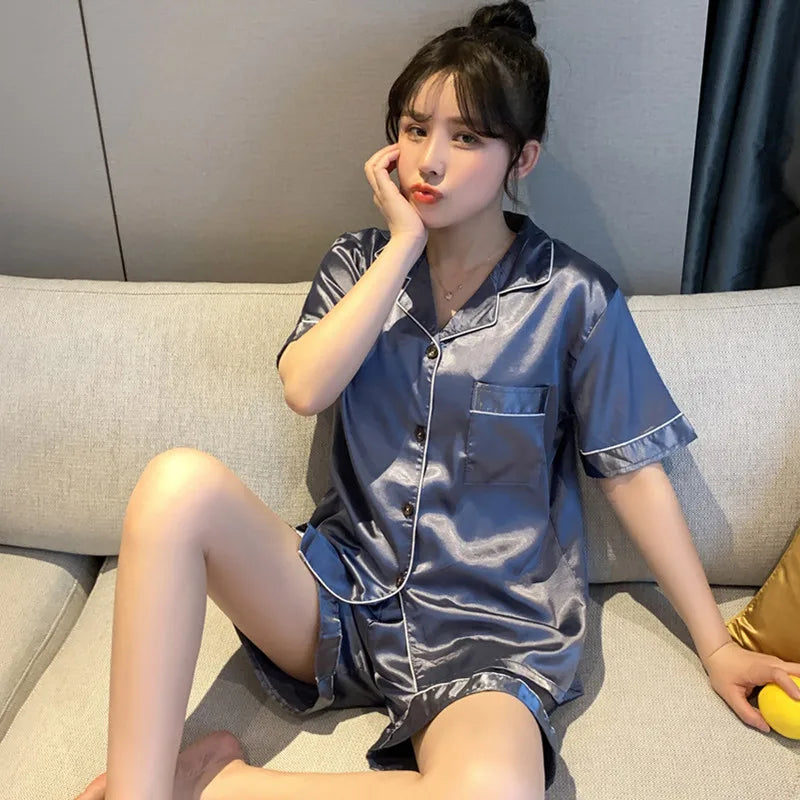How Many Onesies for 0-3 Months: A Comprehensive Guide for New Parents
Table of Contents
- Introduction
- Understanding the Basics of Baby Clothing Needs
- How Many Onesies for 0-3 Months?
- The Versatility of Onesies
- Caring for Your Baby's Onesies
- Conclusion
- FAQ
Introduction
Welcoming a newborn into the world is a magical experience, filled with joy, anticipation, and a whirlwind of preparations. However, amidst the excitement of preparing a nursery and selecting the perfect name, many new parents find themselves pondering an essential question: how many onesies should we buy for our little one? This question may seem straightforward, but it opens the door to various considerations that can significantly impact your baby's comfort and your peace of mind.
As we embark on this journey of discovery, we'll delve into the specifics of newborn clothing, particularly focusing on the 0-3 month size range. This phase is crucial as babies grow rapidly, and understanding how many onesies you'll need can help ensure that you're adequately prepared for those early days of diaper changes, spit-ups, and late-night cuddles.
In this blog post, we'll explore the factors influencing the number of onesies you might need, the different styles available, and the important considerations to keep in mind when selecting the right ones. By the end, you'll have a clear understanding of how to build a practical and stylish wardrobe for your newborn, ensuring they remain comfortable and cozy during their first few months. Together, we'll navigate through essential insights, tips, and tricks, making this journey a little bit easier for you.
Understanding the Basics of Baby Clothing Needs
The Growth of Newborns
Newborns grow at an astonishing rate, often gaining weight quickly during their first few weeks. This rapid growth means that sizing can be tricky, and many babies outgrow their clothes before they have a chance to wear them. Newborn clothing typically accommodates babies up to about 8 pounds, while the 0-3 month size is designed for those weighing between 8 and 12 pounds.
Parents should consider that their little ones may stay in the 0-3 month size for a varying amount of time—sometimes just a few weeks, while other times a couple of months. This unpredictability emphasizes the need for flexibility when shopping for baby clothes.
Daily Outfit Changes
One important factor to consider is how often you will need to change your baby's outfits. Newborns can be messy, with frequent diaper changes leading to the need for outfit changes throughout the day. On average, parents will find themselves changing their baby two to three times daily, primarily due to spit-ups, diaper blowouts, and the general messiness that comes with caring for an infant.
Given this, it's advisable to have a sufficient number of onesies on hand to ensure that you’re not constantly doing laundry. A good guideline is to have around 14 onesies for the 0-3 month stage, which allows for a couple of changes each day while still providing some leeway.
The Importance of Quality Fabrics
When selecting onesies, the choice of fabric is paramount. Babies have sensitive skin, and the materials you choose can significantly affect their comfort. At Relaxed Nights, we emphasize the importance of high-quality fabrics that are soft, breathable, and gentle on delicate skin. Our collection of premium nightwear, including onesies, is crafted from the finest materials to ensure that your baby feels cozy and secure throughout the night.
Parents should look for materials such as organic cotton, which is not only gentle on the skin but also more sustainable than conventional options. Avoid synthetic fabrics that may contain harsh chemicals or irritants, as these can cause discomfort for your little one.
How Many Onesies for 0-3 Months?
A Practical Breakdown
When considering how many onesies for 0-3 months, we recommend starting with a base number. Here’s a practical breakdown:
- Daily Changes: As mentioned earlier, aim for at least 14 onesies to accommodate daily changes.
-
Types of Onesies: It's essential to have a variety of styles to suit different situations. For instance:
- Short-sleeve onesies are ideal for warmer weather or layering under other outfits.
- Long-sleeve onesies provide added warmth during cooler days.
- Envelope neck onesies are designed for easy dressing and undressing, particularly useful during diaper changes.
- Kimono-style onesies are gentle on sensitive skin and perfect for early weeks when the umbilical cord stump is still healing.
Factors Influencing Your Choices
While 14 onesies may be a good starting point, several factors can influence this number:
- Laundry Frequency: If you plan to do laundry every few days, you might need fewer onesies. Conversely, if laundry days are less frequent, consider adding a few extra to your collection.
- Baby's Growth Rate: Monitor your baby's growth as they transition from newborn to 0-3 month clothes. Be prepared to adjust your wardrobe as needed.
- Seasonal Considerations: Depending on the season, you may want to prioritize certain types of onesies. For instance, warmer climates might require more short-sleeve options, while colder regions will need long-sleeve onesies.
The Versatility of Onesies
More Than Just a Basic Garment
Onesies are a staple in any baby's wardrobe due to their versatility. They can be worn alone during warm days or layered under other clothing for extra warmth. Additionally, they serve as an excellent base for creating various outfits by pairing them with pants or skirts. Their ease of use makes them a favorite among parents and caregivers alike.
Practical Tips for Dressing Your Newborn
- Layering: In cooler months, layer onesies under sleep sacks or lightweight blankets to keep your baby warm without overheating.
- Easy Access: Choose onesies with snap closures for easy diaper changes, especially during the night when you may be a bit groggy.
- Avoid Overcomplicating: Stick to simple designs for everyday wear. While it can be tempting to dress your baby in elaborate outfits, comfort should always come first.
Caring for Your Baby's Onesies
Washing and Maintaining Quality
To keep your onesies in top condition, follow these care tips:
- Gentle Cycle: Use a gentle cycle on your washing machine to preserve the fabric's integrity.
- Mild Detergents: Opt for baby-safe detergents that are free from harsh chemicals and fragrances.
- Air Drying: Whenever possible, air dry your baby’s clothes to prevent shrinkage and maintain fabric quality.
Regular Inspection
Regularly inspect your baby's clothing for signs of wear and tear. As your little one grows, ensure that the onesies continue to fit comfortably and provide adequate coverage.
Conclusion
As we conclude our exploration of how many onesies are necessary for the 0-3 month stage, it’s clear that preparation is key to ensuring your baby’s comfort and your peace of mind. By carefully considering factors such as growth rates, laundry frequency, and seasonal needs, you can create a practical and stylish wardrobe that will serve your newborn well during their early months.
Remember, at Relaxed Nights, we believe that every moment with your little one should be as comfortable as possible. Our commitment to quality and craftsmanship ensures that our nightwear, including onesies, is designed with both elegance and comfort in mind. Embrace this beautiful journey of parenthood, and let us help you along the way.
FAQ
1. How many onesies should I buy for my newborn?
We recommend starting with about 14 onesies for the 0-3 month stage. This allows for daily changes and some extra for unexpected messes.
2. What type of fabric is best for baby onesies?
Opt for soft, breathable materials such as organic cotton. These fabrics are gentle on your baby’s sensitive skin and provide comfort.
3. Should I choose long-sleeve or short-sleeve onesies?
It’s best to have a combination of both. Short-sleeve onesies are great for warmer weather, while long-sleeve options provide added warmth in cooler months.
4. How often should I do laundry for my baby’s clothes?
This depends on your lifestyle, but many parents find it manageable to do laundry every few days, which helps ensure you always have clean clothes available.
5. When should I start buying clothes in larger sizes?
Babies grow quickly, so consider purchasing a few outfits in the next size up (3-6 months) as your baby approaches the 0-3 month size limit. This will help you avoid last-minute shopping as your baby grows.



